- Shop
New to UCAN?
- About
- How to use ?
- Learn
- Contact us
How to Run Faster and Smash Your Race Goals
How to Run Faster: The Science-Backed Way to Unlock Your Speed
Every runner — from 5K enthusiasts to Ironman triathletes — asks the same question: how can I run faster?
The answer isn’t just “train harder.” Running speed comes from a smart combination of structured training, efficient biomechanics, strength conditioning, and — crucially — optimized fueling. Ignore any one of these pillars, and your performance will plateau. Nail all four, and you’ll see breakthroughs in pace, endurance, and race-day confidence.
This guide breaks down the science of running faster, with practical strategies you can apply right away — and the fueling approach that sets UCAN athletes apart.
1. Train Smarter, Not Just Harder
Speed is built in the training cycle. The most effective runners use a mix of:
Intervals: Short, high-intensity bursts (e.g., 6 × 800m at 5K pace) boost VO₂ max and lactate threshold, enabling your body to clear lactic acid more efficiently (Billat, 2001
).
Tempo Runs: Sustained efforts at “comfortably hard” pace (20–40 minutes) train your body to sustain speed without burning out.
Long Runs: Extend endurance, teaching your body to spare glycogen and rely more on fat oxidation.
Strides & Hills: Short, powerful efforts that improve running economy and neuromuscular recruitment.
Pro Tip: Don’t overload. Studies show diminishing returns and higher injury risk with excessive mileage (Damsted et al., 2018
). Structured training + recovery always beats junk miles.


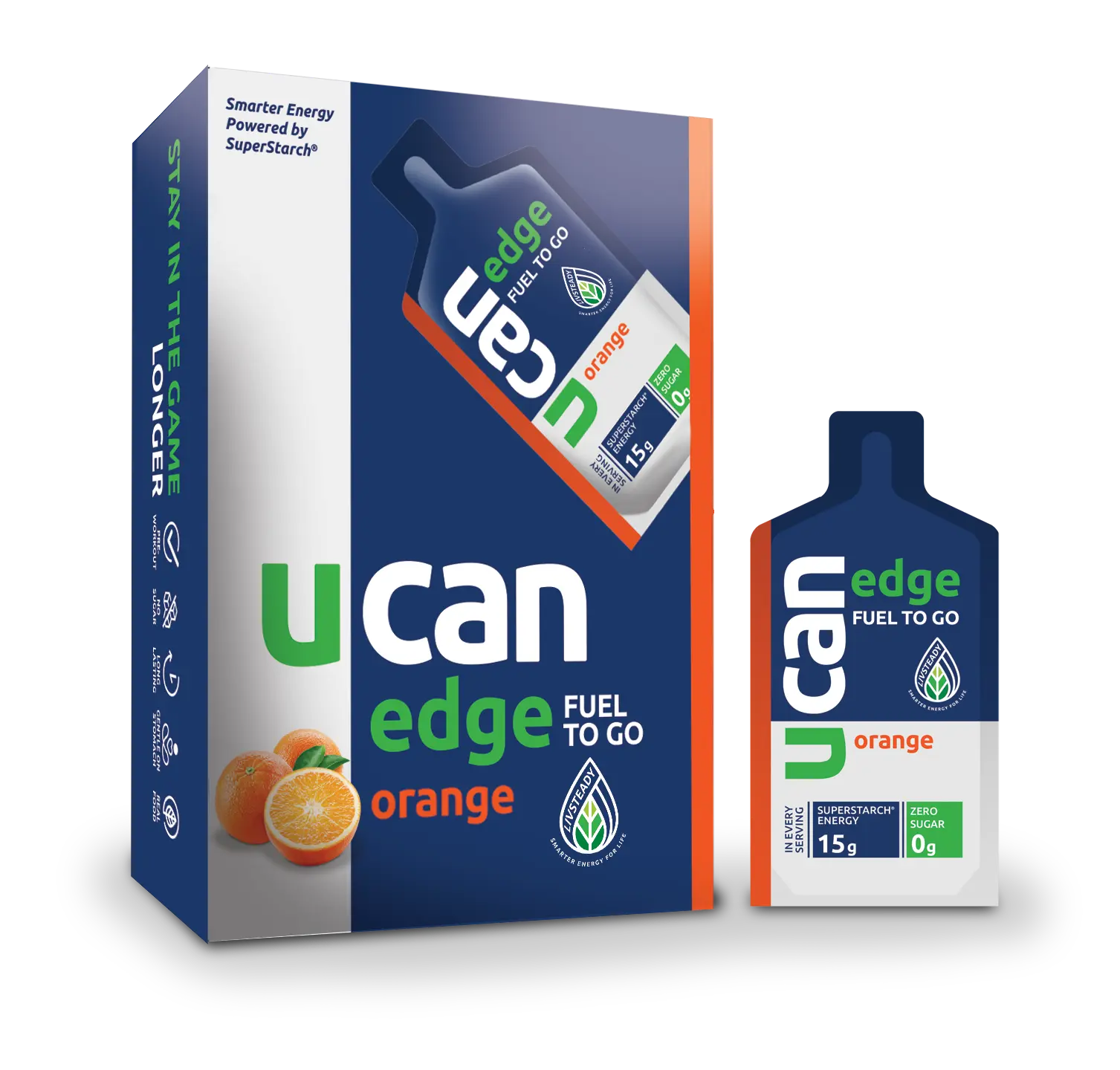
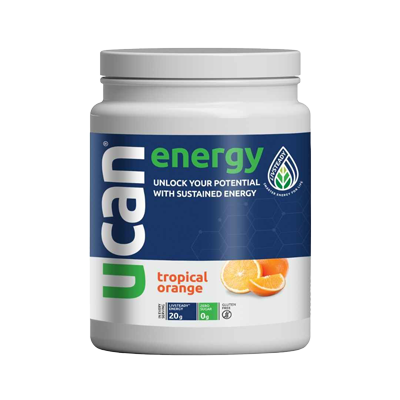
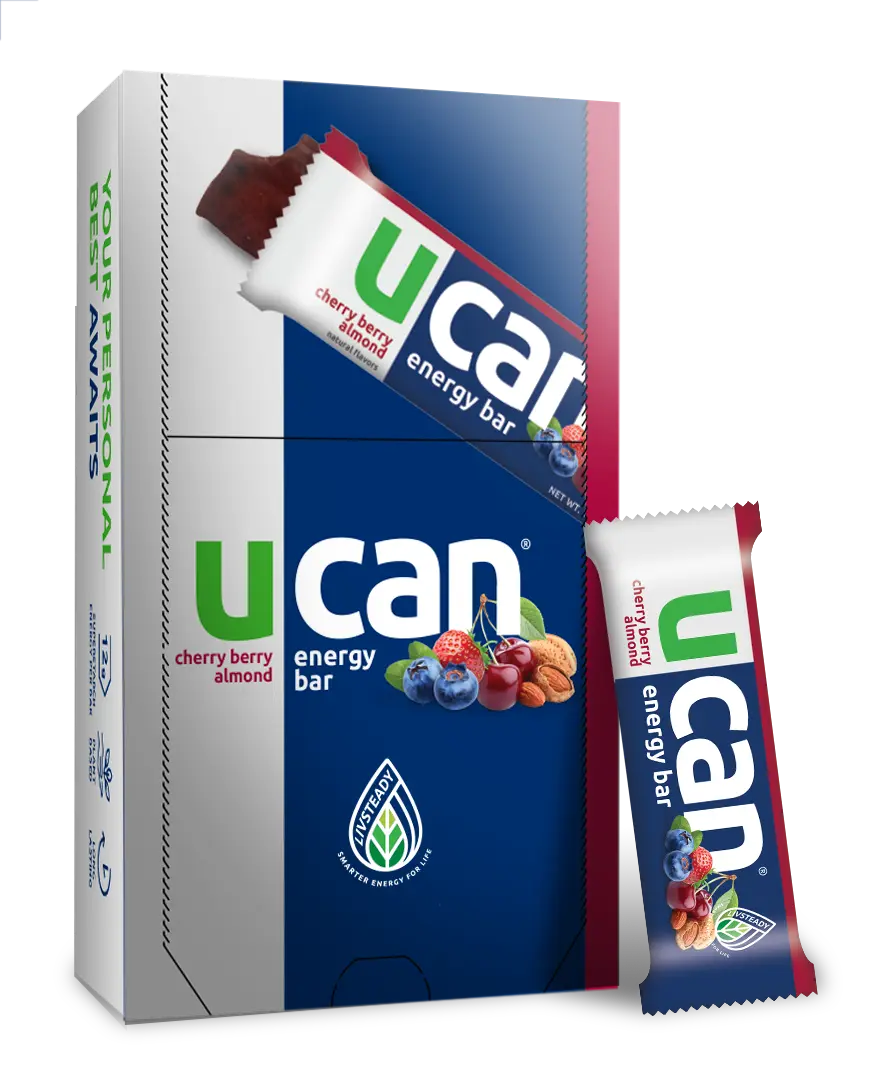
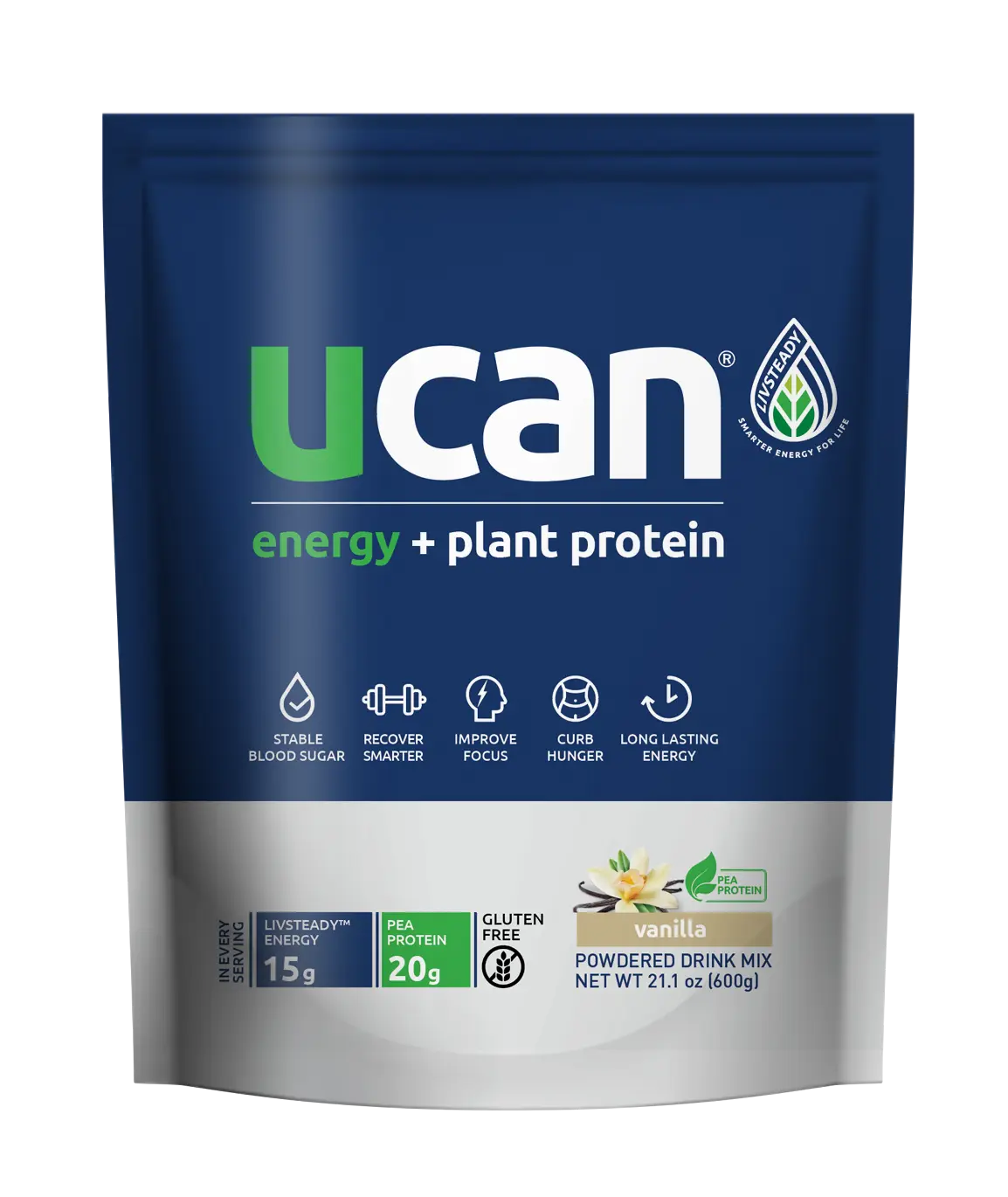
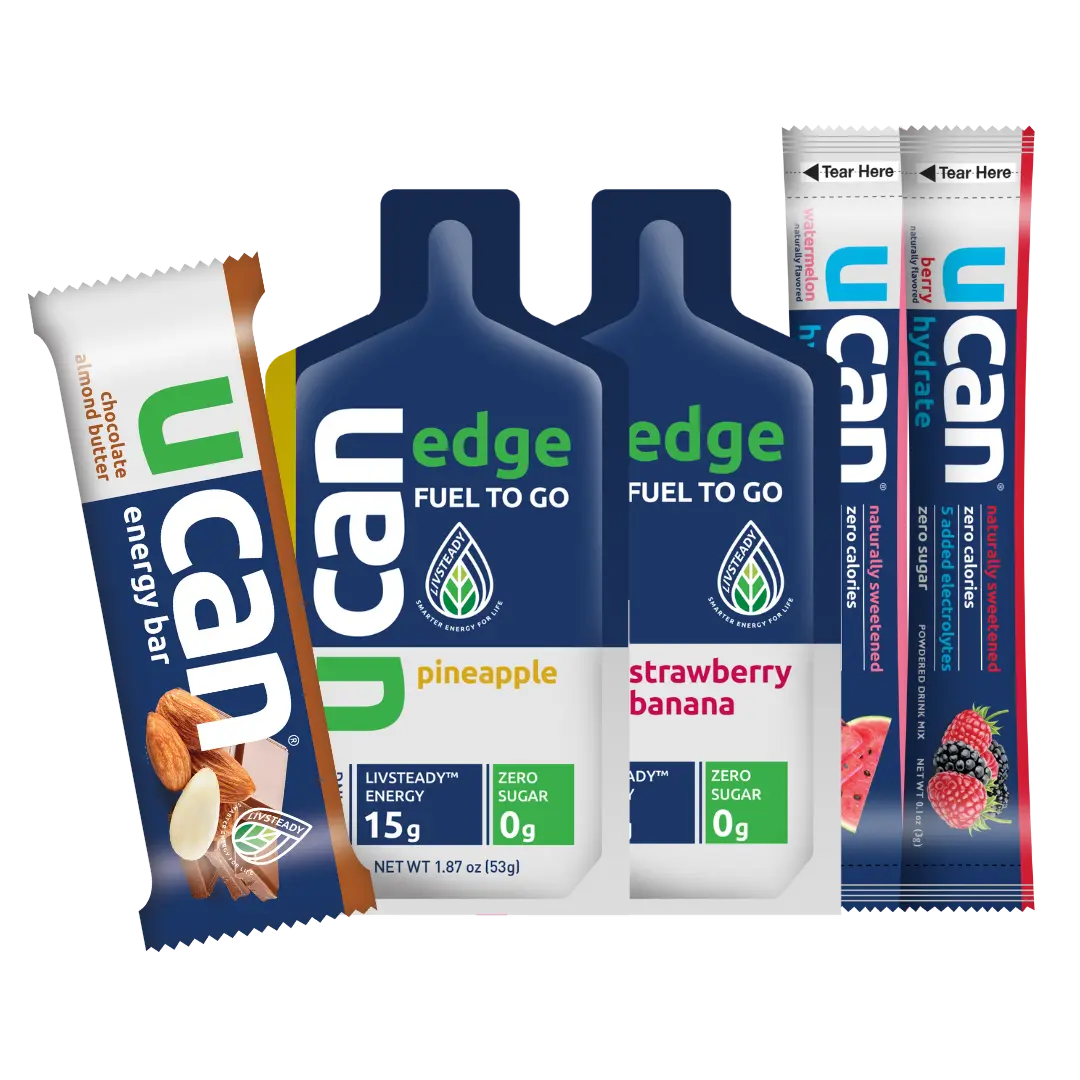
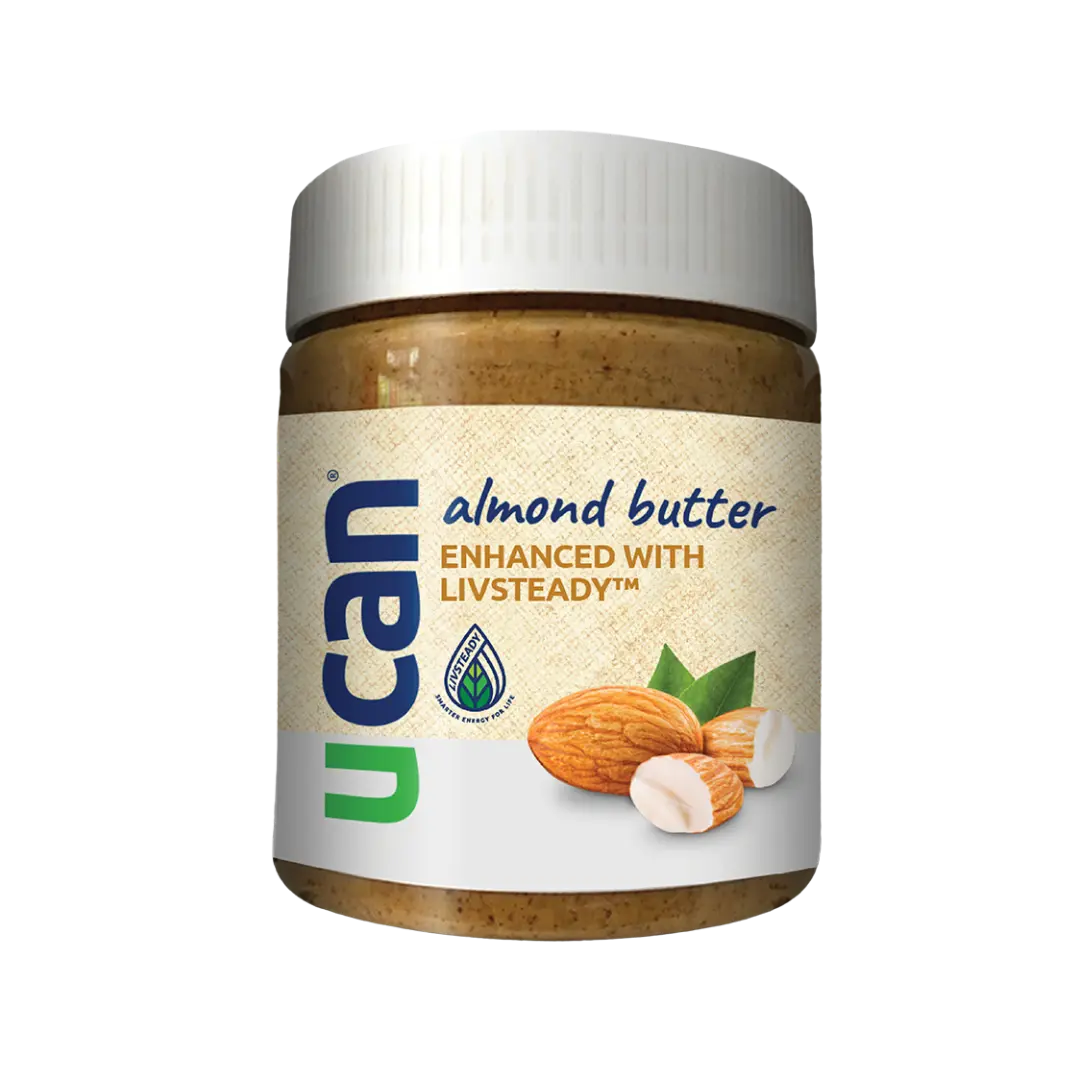
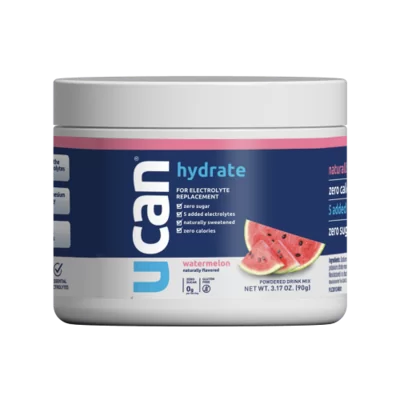
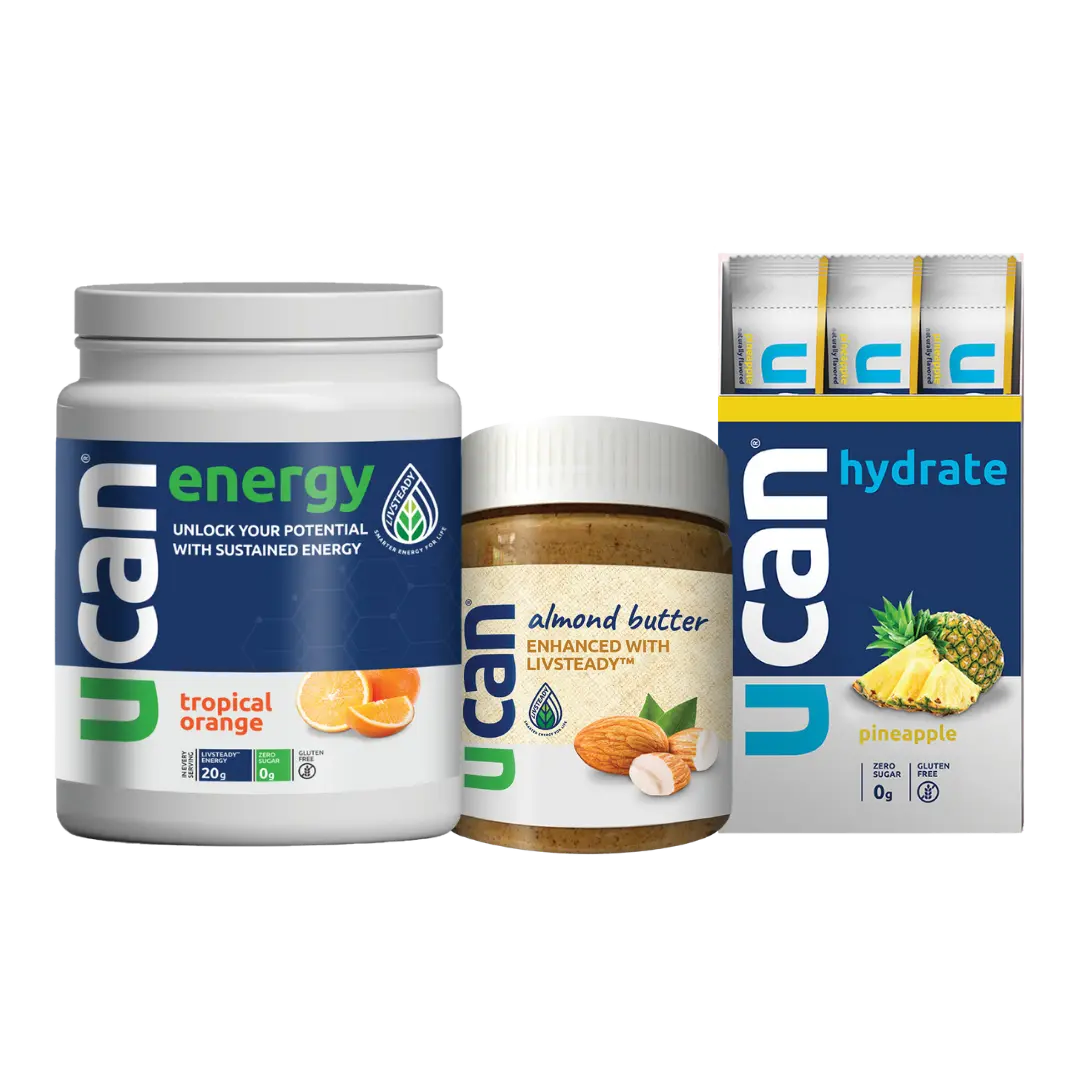
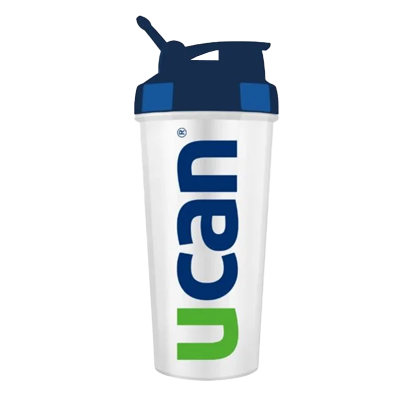
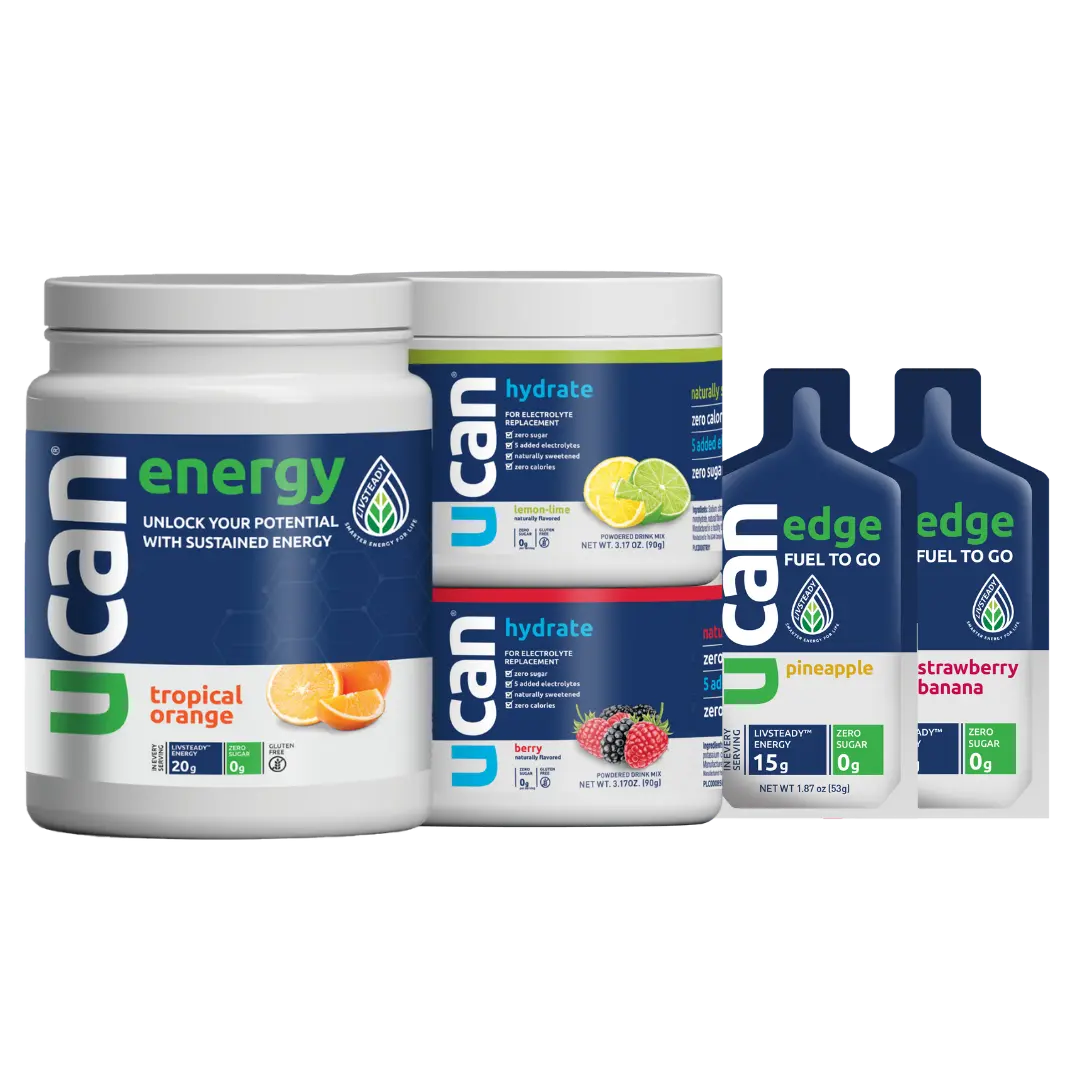

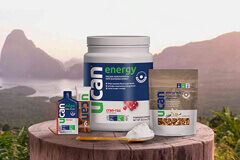


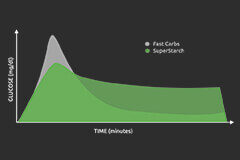


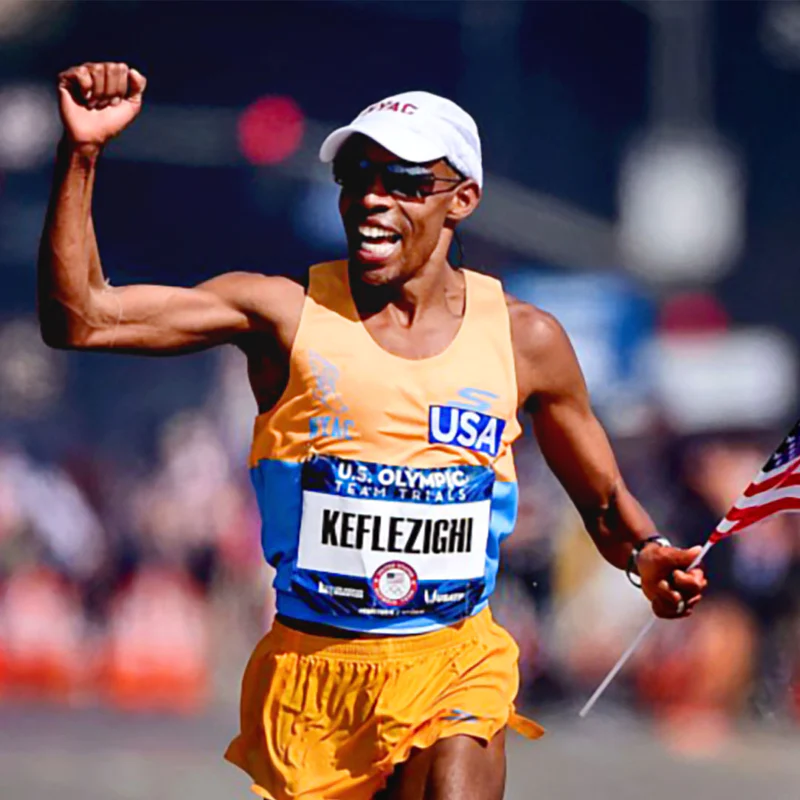





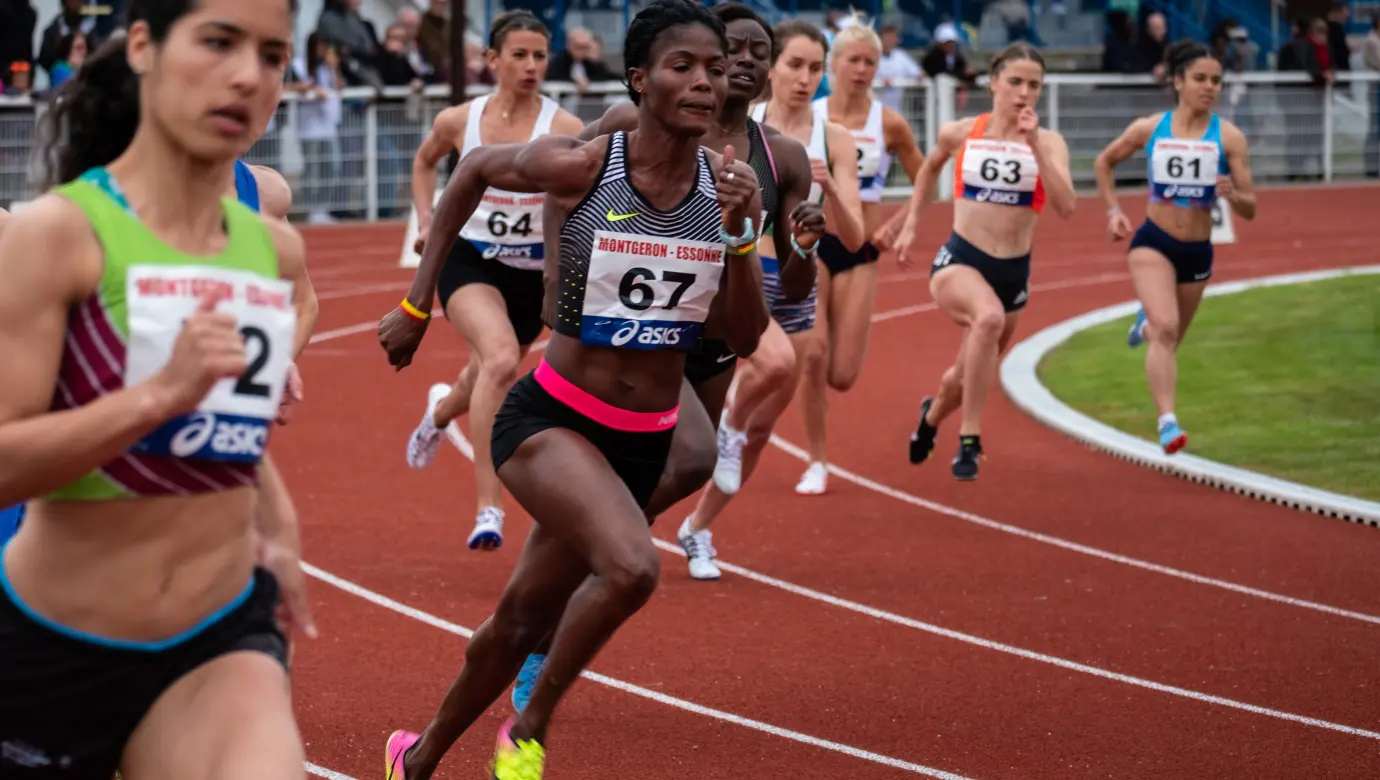

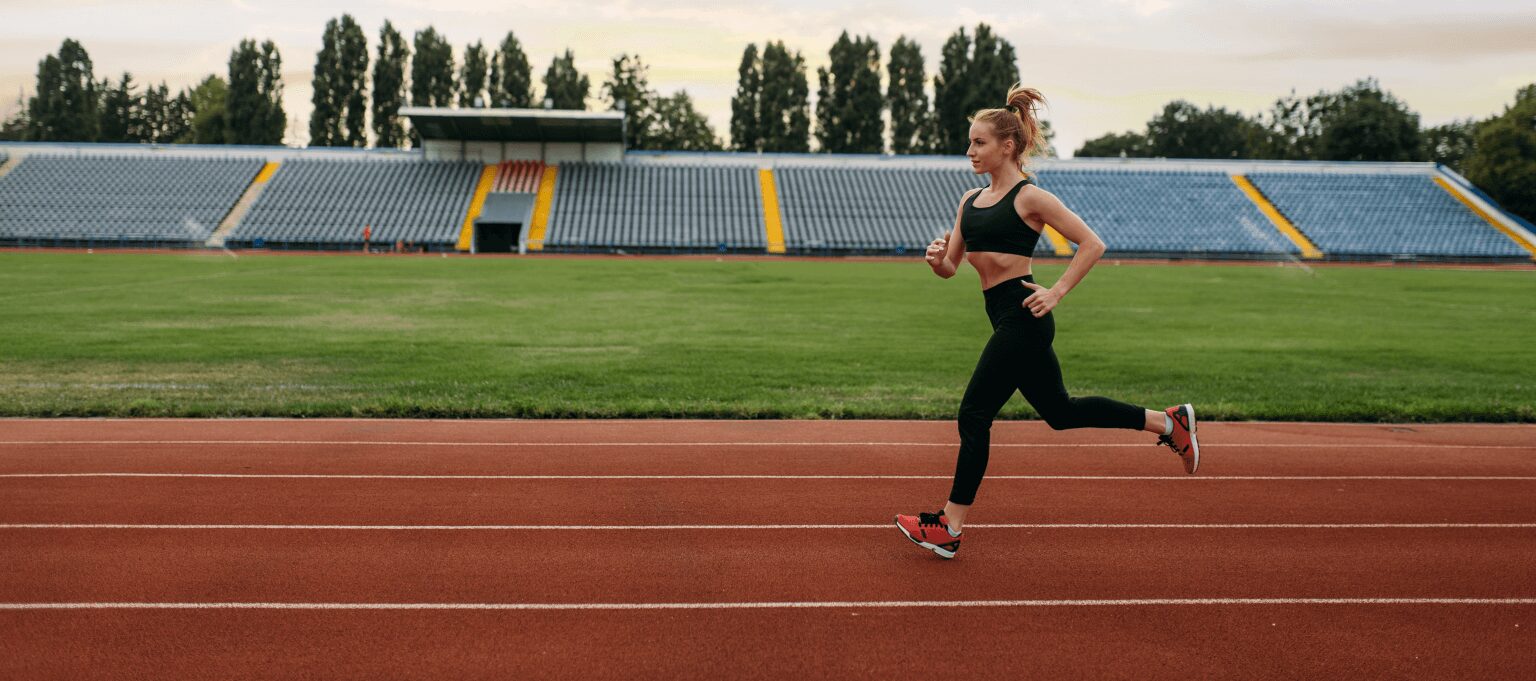


Comments are closed